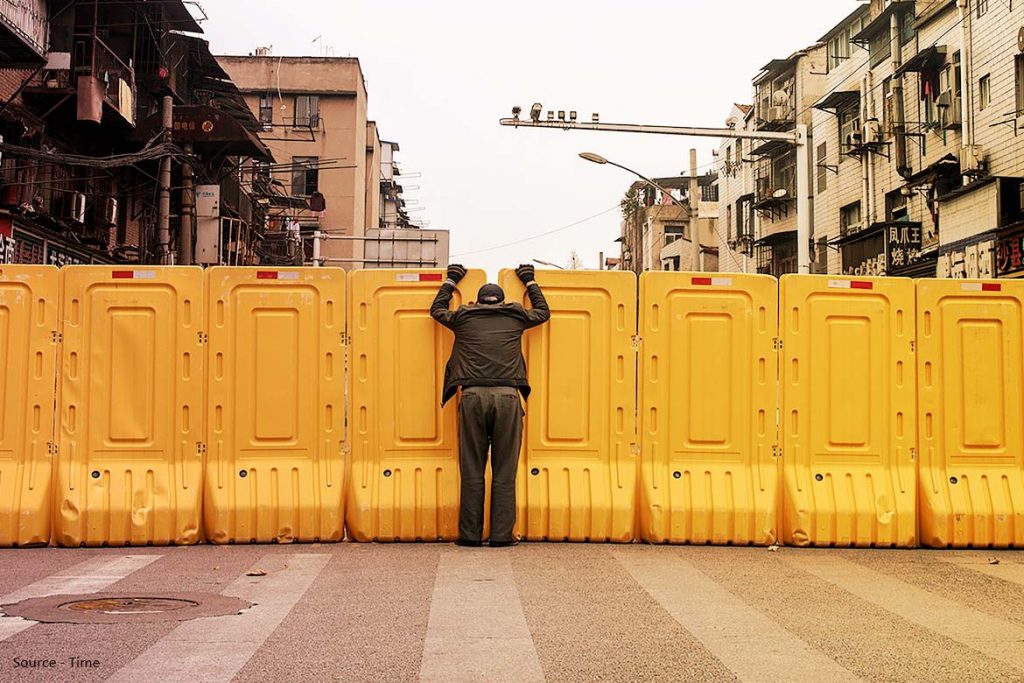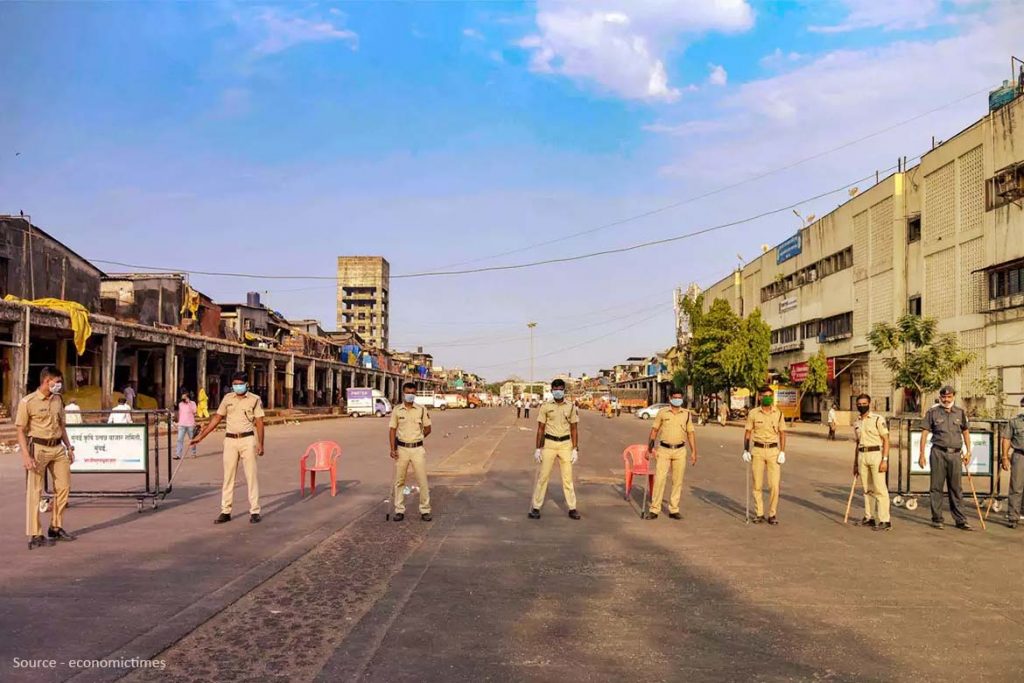India is affected by coronavirus like all other countries. According to the Ministry of Health, 9152 cases have been reported in the country so far. 857 patients have been cured and 308 patients have died across the country so far. 7987 patients are being treated across the country. 35 people have died during the last 24 hours. According to the ministry data, after Maharashtra, 1 thousand patients have been confirmed in Delhi and Tamil Nadu.
Lockdown has been imposed in India in view of this epidemic. At the same time, some states have sealed as a precautionary district from where the maximum cases of coronavirus have been reported. Apart from this, the State Governments are sealing them or taking other necessary measures, where such cases are coming up. the State Governments have made complete preparations for the supply of essential commodities to the people in the sealed districts. Under this, the district administration has ensured that people need things including milk, vegetables, fruits, etc. to their homes.
In view of the seriousness of the case in the districts, the State Governments have divided them into three separate zones. The biggest reason for this is to prioritize and monitor them. Apart from this, it is also easy to identify them by dividing them into zones. The zones in which the districts are divided are Green, Red and Orange.

Green Zone
This zone means infection-free. Here the administration can allow people to move out of the house to buy essentials during the lockdown. However, during this period, it is important to acknowledge the gathering of the crowd or social distancing. The administration is free to take action against those who do not. Let us also tell you here that DM can use his discretion to take some decisions regarding restrictions.
Orange Zone
In this zone, those areas or districts come from where some cases of infection emerge. The administration can take necessary measures like lockdown, sealing or other precautionary measures. Restrictions may be relaxed in other areas except in the transition zone in this zone. This includes allowing people to move out of the house to purchase essential goods. For this, the administration may also set a time limit.
Red Zone
This zone is the most dangerous. This means that many people have come in the grip of infection here and there is a high probability of infection or increase of infection elsewhere. In such a situation, p In an emergency, a person can call the helpline and have a voice. After this, the administration will help him accordingly. In such a zone, the administration takes the responsibility of supplying essential things. People in such zones are very vigilantly guarded and harsh action is taken against those who defy it. People living here are banned completely by including it in the Red Zone. People here are not allowed to leave their homes.
Also Read:COVID-19| Why India cannot afford to lift its lockdown

Gurugram, Faridabad, Noonh and Palwal are placed in the same red zone category in Haryana. Similarly, Mumbai, Pune has also been declared Red Zone in Maharashtra. There are 43 Red lives in Delhi so far. These red zones are also called hot spots. At present, the governments are working with full vigor in identifying such zones so that they can be sealed in time to check the people and prevent this epidemic from growing. The government is running Operation Shield in Delhi. Under this, a sanitation drive is to be done in the Corona Hot Spot area.
Also Read:India is affected by coronavirus like all other countries. According to the Ministry of Health, 9152 cases have been reported in the country so far (till the morning of 13 April 2020). In addition, 857
